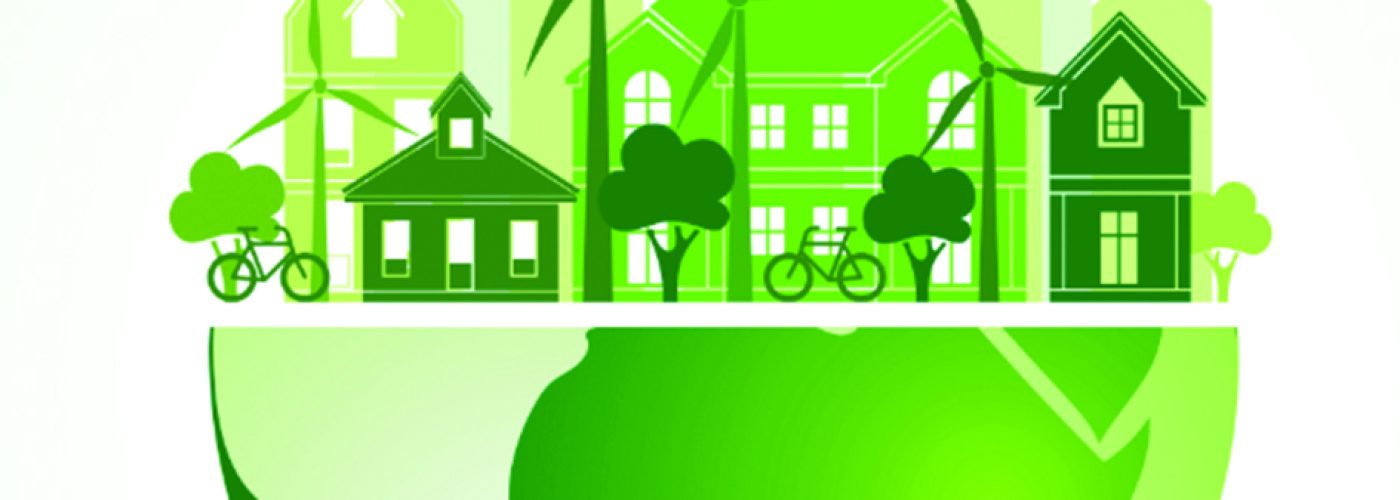The built environment contributes around 40% of the UK’s total carbon footprint. Unfortunately, around half of this is from the energy used in buildings. Whilst many newly constructed dwellings are designed to be more energy-efficient, a major priority is decarbonising the existing building stock, of which 80% will still be standing when the UK is to meet its carbon-neutral status by 2050.
In light of Energy Efficiency Day, Stacey Lucas from Sontay explains how the presence of building sensors optimise energy performance in both new and older buildings, driving the stock towards the all-important smartness and efficiency that is essential to the current and future health of our environment.
Building sensors, installed as part of an efficient central management system, offer an ingeniously smart and effective way of remotely monitoring elements such as temperature, air quality and ventilation. In doing so, not only do they help maintain a healthy indoor climate for the occupiers’ comfort and peace of mind, sensors give property owners more agency over energy usage; a benefit that not only helps reduce heating and lighting costs, but also facilitates a significant reduction in a building’s carbon footprint. Their usage could therefore be crucial in driving environmental initiatives, such as the UK government’s pledge for carbon-neutral status by 2050.
It is in no doubt, then, that sensors have found themselves at the heart of what we call smart buildings. According to the ‘Smart Building: Energy efficiency application’ document produced by the European Commission’s Digital Transformation Monitor, a smart building is defined as ‘a set of communication technologies enabling different objects, sensors and functions within a building to communicate and interact with each other and also to be managed, controlled and automated in a remote way.’ Sensors are smart devices that sense when and how a building’s energy performance can be adapted, consistently monitoring, measuring and evaluating data which feeds into a central management or control system.
The rise of smart sensors
A control system’s sustenance, sensors play an essential role in the energy-efficient operation of a smart building. Sontay’s smart sensors in particular offer full environmental sensing in a single device. This ingenious sensor can measure a myriad of elements including temperature, RH, CO2, light level, and occupancy or local devices independently. Typically, traditional sensors require up to seven cable inputs into a controller, making for a lengthy installation. A Sontay smart sensor, however, only needs a single cable connection to perform the same duty with greater efficiency, and can be mapped to any device or freely programmed into a building’s network.
Efficiency can also be related to the health and wellbeing of occupants, as well as the climate. In terms of air quality, airborne volatile organic compounds (VOC), pollutants which are found in paints and other building materials, are known to have a detrimental effect. The same harmful chemicals are also present in hand sanitisers, aggressive cleaning products and detergents, the demand for which has been unprecedented since the onset of the coronavirus crisis. Air quality sensors are able to measure VOC levels and alert the control system or occupants of the need to take action when a potentially hazardous reading is recorded to allow for ventilation to kick in.
There are also sensors available which prevent the unwelcome pervasion of CO2 in an over-inhabited space. A CO2 sensor with an LED traffic light-style display is a potential remedy for this issue. When showing green, the sensor is indicating that a room isn’t over-occupied and the risk to air quality is low. Should the sensor show amber, it’s a sign that windows require opening or fewer people need to be in the room to maintain the same healthy indoor environment. When the sensor turns red it is a call to action, as it indicates there is not enough ventilation and possible over occupancy in the room. At these last two stages, if a sensor is connected to a building management system, it will activate relevant ventilation procedure in order to ensure a space’s occupants do not feel uncomfortable.
Controlling a whole host of elements including heating, cooling and lighting, smart building sensors can ensure dwellings run as energy efficiently as possible. Although small in size, sensors offer fierce capability, and will go some way to enabling both new and older buildings perform well into the future, for the benefit of our beloved environment. It only seems natural, therefore, to celebrate the humble building sensor on this Energy Efficiency Day.





